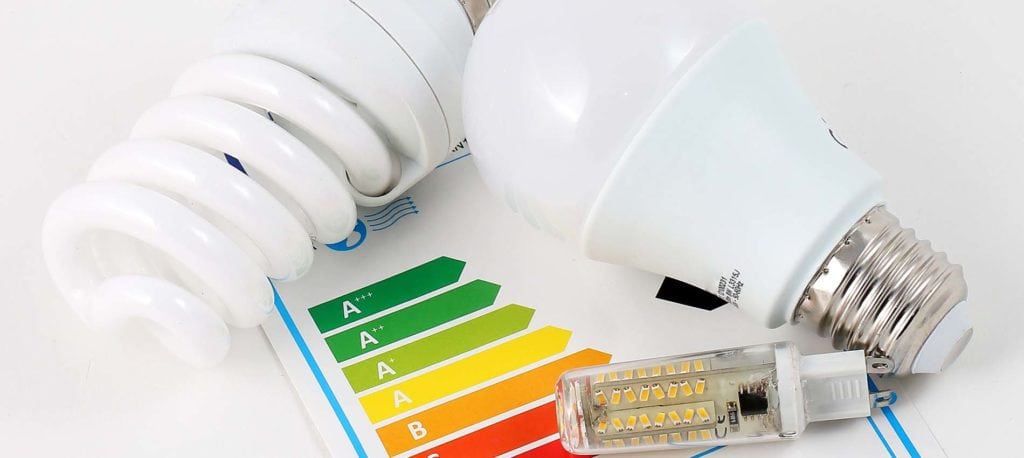Written by Katherine Oakes
At first, trying to transform your home into an energy-efficient space may seem intimidating and well, let’s be honest, expensive. You’re probably wondering where to start, how much it will cost and just exactly how to make it all happen. The good news is that there are a few easy and affordable actions to take immediately while also helping you work up to the pricier and more impactful ways of saving energy.
However, it’s not just about reducing the price of your utility bill each month and getting a greater return on investment (although that certainly helps). What matters, too, is reducing your environmental impact on a daily basis. The U.S. Environmental Protection Agency (EPA) defines energy efficiency as “delivering the same (or more) services while using less energy” and estimates that the most carbon emissions each year comes from electricity use, not just in homes but across the board.
So, don’t we all want to get more for our money and make a positive environmental impact? The answer seems like a no-brainer. However, the how’s and what’s behind that aren’t as obvious to many home or business owners. The good news is that it can be very simple when you boil it all down to the idea that energy efficiency starts with good home maintenance.
Here are some of the best energy-efficient improvements you can make to your home today.
Lights, HVAC… action!
Ready to have that lightbulb moment?
When you switch from regular lightbulbs to Compact Fluorescent Bulbs (CFLs), you are able to cut back on your lighting costs by 75 percent—not to mention they also last way longer. According to the Department of Energy (DOE), the appliances in your home account for approximately 15 percent of your home’s overall energy output, so when it comes to the lightbulbs you use, this adds up in a big way.
Another important thing to note about the lightbulbs in your home is that because light radiates heat, it has the ability to alter room temperature. To compensate for this increased warmth, your thermostat expends more energy to regulate. Here’s a tip: Be sure to place your bulbs away from your thermostat reader (and all appliances, for that matter) so it doesn’t mistake the heat from the lights for the actual temperature of your home.
While we’re on the topic of heating and cooling, it’s worth mentioning exactly how significant a part these systems play in your home’s energy-efficiency levels. The DOE estimates that your home’s HVAC appliances account for nearly 43 percent of your energy bill and recommend replacing them if they are over 12 years old. Sure, they’re expensive (and vary widely from brand to brand) but according to Energy Star this will save you up to 30 percent on your heating and cooling bill, which really pays off in the long run.
Don’t have a heating and cooling system that’s over a decade old? One of the most cost-effective ways to cut back on energy output is by hiring a professional to do a duct test on your home. Leaky ducts can be a huge energy sucker. They even waste the energy that your house’s HVAC unit expends by trying to cool off misplaced, overheated lightbulbs! A duct test can cost around $325 to $350 in some states, so be sure to call a professional in your local area to get the best rates.
Stay on the sunny side
Although replacing your regular power with solar panels seems like a huge undertaking, they’re becoming increasingly more appealing to homeowners, cities and even utility companies. It is not uncommon to discover that there are financial incentives like tax credits, rebates and monthly payments that make the transition easy—and even solar leasing, for those who are hesitant of making a long-term commitment. What’s more is that with solar panels’ 25-plus year life span, you are likely to receive anywhere from 10 to 30 percent back annually as a ROI.
Using renewable resources and clean energy is becoming more of a necessity as we continue to drain our planet of fossil fuels that also put the environment in jeopardy. So for the health of you, your family and generations to come, why not make the switch now.

